
CRM Adoption: 8 Ways to Improve User Adoption
- Published:
- Updated: August 19, 2024


CRMs power high-performing sales teams. Their benefits are comprehensive for sales organizations – they provide better organization flows, cleaner account data, drive sales productivity and performance, eliminate manual tasks, and much more.
However, simply implementing a CRM isn’t enough. A CRM software isn’t a magical solution that instantaneously closes more deals and drives more revenue.
What are the best ways to increase your CRM adoption rate?
- Involve your employees in the change process
- Personalize your CRM experience
- Create a CRM onboarding & training plan
- Provide your users with on-demand performance support
- Monitor adoption rates of different CRM features and functions for additional training opportunities
- Highlight early CRM improvements and wins
- Offer incentives to increase engagement
- Provide CRM users with alerts for process and workflow changes
In order to take advantage of all the benefits your CRM has to offer, your organization must have high levels of user adoption. And that’s more than just adding an onboarding event to the calendar and providing a link to additional online CRM resources.
It means creating an entire employee CRM training and continuous support strategy to drive user adoption that empowers employees.
According to our CRM research of over 500 enterprise companies that recently implemented a new CRM:
- Improved CRM adoption rates saved an average of $8.7 million.
- 90% of companies said improved CRM adoption led to higher sales rep productivity and reduced sales cycle time.
- 70% of enterprises said personalized CRM guidance and self-help training improved their overall CRM use and adoption rates.
The Risk of Poor CRM Adoption
CRMs are significant investments that provide real business value – but without a clear CRM digital adoption strategy, your sales team is set up for failure.
Slow and low user adoption of CRM is an undeniable contributor to implementation failures.
These failures are costly to enterprise organizations. For example, Cigna’s infamous failed CRM system implementation reportedly cost the organization around $1 billion across lost revenue, technology costs, and change implementation costs.
CRM Adoption & Usage Metrics to Track
The importance of driving CRM adoption across your sellers and customer-facing teams is clear – but how do you measure and analyze your organization’s CRM adoption rate?
You must first track the right CRM adoption metrics to help you benchmark your current adoption level and begin to identify trouble areas to drive adoption.
There are three distinct types of CRM adoption metrics:
- Usage metrics: Tell you how many sellers actively use your CRM and for what purposes.
- Data quality metrics: Tell you how accurate the data quality in your CRM is.
- Performance metrics: Tell you how effectively your sellers use your CRM, its processes, and its strategy to achieve outcomes.
CRM usage metrics
The first type of CRM adoption metric to track is basic usage. Here are a few common CRM usage metrics to track that are fantastic indicators of seller adoption.
- % CRM licenses used: This basic CRM metric lets you know how many of your CRM subscription licenses are being used over your total number of CRM subscription licenses that are paid for.
- Login numbers, frequency, and rate: These adoption metrics give you insights into how many sellers log into your CRM, the frequency at which they log in, and the rate at which they log in. Benchmarking daily and monthly active user counts will help you to identify poor adoption trends.
- Interaction count: Tracking CRM interactions such as calls, emails, and notes will provide insights into how many interactions it takes to close a deal and how many sellers interact with a single opportunity.
- Dropoff rates: Dropoff rates enable sales leaders to understand friction points inside a CRM and work on improving the CRM user journey through better in-app guidance, training, and user support.
CRM data quality metrics
After ensuring your sellers actively use your CRM, it’s time to move to step two of the adoption cycle – ensure sellers use it correctly. This includes ensuring your sellers correctly enter data and move deals through the pipeline. To maintain CRM data quality, you should consider some key metrics. These metrics include:
- Form field data quality: Track the data captured from your form fields to analyze their accuracy and completeness.
- Attribution: Track where leads and opportunities came from, who closed a deal, etc.
- Prospects with missing information (last 60 days).
- Opportunities with a close date (last 60 days).
- Accounts with missing information (last 60 days).
CRM performance metrics
Finally, it’s time to track how effectively your CRM is performing. This will provide a more nuanced view of how well your sellers have adopted your CRM and its core processes, and if it has improved their efficiency in the expected ways.
- Pipeline: You should track pipeline growth before and after your new CRM. Pipeline should grow as your sellers become better CRM users.
- Deal cycle and stage times: Measure how long it takes for an opportunity to move between sales stages and cycles. As you improve CRM adoption, these cycle and stage times should decrease.
- YoY win rate growth.
- Activity type by assigned owner(s).

7 Benefits of Strong CRM Adoption Rates
While it’s obvious that a strong CRM adoption rate means your workforce is actually using your new CRM investment — but why does it matter?
Here are a few of the benefits a strong CRM user adoption strategy brings to your organization:
1. Increased sales team efficiency
New CRMs bring together automation and big data to turn manual, repetitive tasks into automated ones – allowing your sales team to focus more on important customer relationships. With a high adoption rate, these CRM tools allow your employees to become more productive and efficient in their day-to-day.
2. Stay current with competition
By driving user adoption of a new CRM, your organization can take advantage of cutting-edge features in customer-relationship technology – giving your organization an advantage over your competitors.
3. Reduced support questions
With better CRM proficiency and adoption, your team will not have to rely on your IT team to answer CRM support-related questions – allowing them to be self-reliant and expert CRM users.
4. Improved customer satisfaction
Strong CRM adoption rates empower businesses to better understand their customers’ needs and preferences, which allows them to provide personalized service and support. This, in turn, leads to higher levels of customer satisfaction and loyalty.
5. Better data management and analysis
Strong CRM adoption rates provide a ton of insightful customer data, which can be used to identify trends, make informed decisions, and drive business growth. By analyzing this data, businesses can gain valuable insights into their customers’ behavior and preferences, as well as the effectiveness of their sales and marketing efforts.
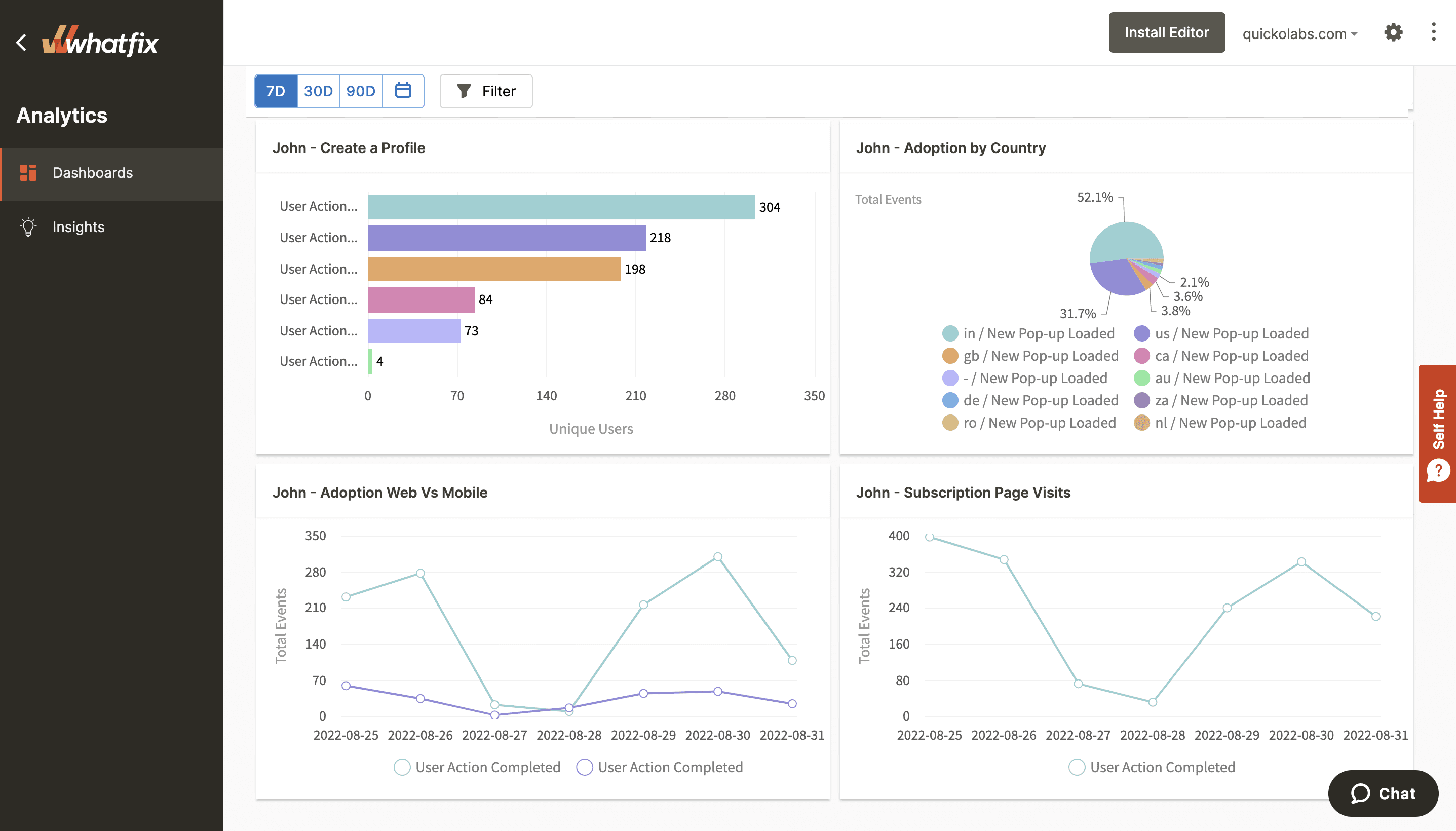
6. Enhanced collaboration and communication
A CRM system that is widely adopted throughout an organization can facilitate better collaboration and communication among teams, as everyone has access to the same customer data and can work together more effectively to serve customers.
7. Increased revenue and profitability
Ultimately, strong CRM adoption rates can lead to increased revenue and profitability for businesses. By improving customer satisfaction, efficiency, and data management, businesses can drive sales, reduce costs, and improve their bottom line.
6 Common CRM Adoption Challenges
CRM systems are powerful tools that help businesses manage and analyze customer data, streamline business processes, and improve customer relationships. However, implementing a CRM system is not without its challenges.
From resistance to change to data quality issues, businesses must navigate a variety of obstacles when adopting a CRM system. Understanding these challenges is critical for businesses looking to successfully implement and benefit from a CRM system.
Here are the top six challenges to anticipate with CRM adoption:
1. Resistance to change
Employees may resist changes to their established work processes and may be hesitant to adopt new technology, which can slow down productivity and derail morale. They may worry that the new system will be difficult to use, will disrupt their work, or simply isn’t worth the time and effort to learn. This resistance can make it challenging to encourage employees to adopt the CRM system, even if it ultimately benefits the organization.
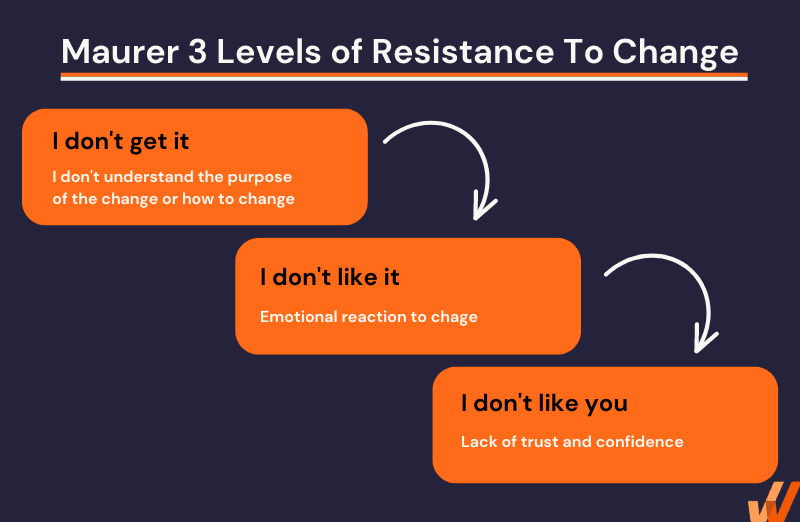
2. Lack of training and education
Insufficient training and education are common CRM challenges that can lead to low adoption rates and reduced productivity. Employees may not fully understand how to use the system or the benefits it can provide. Without proper training, employees may be hesitant to use the system or may use it incorrectly, leading to data quality issues or inefficiencies.
3. Integration with existing systems
Integrating the CRM system with other business systems can be complex, leading to data compatibility issues. If the CRM system is not integrated with these existing systems, employees may need to switch between systems, leading to frustrating roadblocks and potential errors.
4. Data quality issues
Poor data quality can lead to inaccurate reporting and decision-making, which can negatively impact business performance. And if employees don’t trust the data in the CRM system, they may be hesitant to use it or may not use it at all.
Data quality issues can arise if employees fail to enter data accurately, if data is not updated regularly, or if data is imported from other systems without adequate quality control.
5. Implementation costs
Implementing a CRM system can be expensive. Organizations may need to invest significant resources in deploying and customizing the new system, which can include costs associated with purchasing the software, hiring consultants or developers to customize the system, and training employees. These costs can create a barrier to adoption, particularly for smaller organizations or those with limited resources.
6. Security concerns
Businesses must ensure that customer data is kept secure and protected from unauthorized access. Organizations may be hesitant to store sensitive customer data in a new system without adequate security measures in place. This can include concerns about data breaches, unauthorized access, and data loss. If employees do not trust the security of the system, they may be reluctant to adopt it fully.
How to Improve CRM User Adoption
CRM adoption doesn’t happen on its own. Your HR, IT, and sales departments must come together to provide a comprehensive CRM adoption strategy that supports your CRM users on their adoption journey.
Here are seven ways to improve your CRM adoption for your sales organization.
1. Involve your employees in the change process
Your employees are the ones that will be using a new CRM every day. That is where your CRM implementation project will succeed or fail.
Make your individual sales team members – and any customer-facing team members – core stakeholders during the organizational change research and buying phase and during the CRM implementation and adoption phases. Ask for feedback and gauge any resistance to change in their sentiments.
Feedback should be included before making a final decision on a new CRM. This allows leaders to understand pain points and areas of improvement for which a new CRM can provide solutions that will accelerate change adoption.
Feedback from end-users of your new CRM will also provide insights into what areas of training and support they need to adopt the tool properly.
Be sure to find your internal team members who are trusted across your broader sales organization. Allow them to mediate – and champion – your new CRM implementation. This is critical to driving CRM adoption.
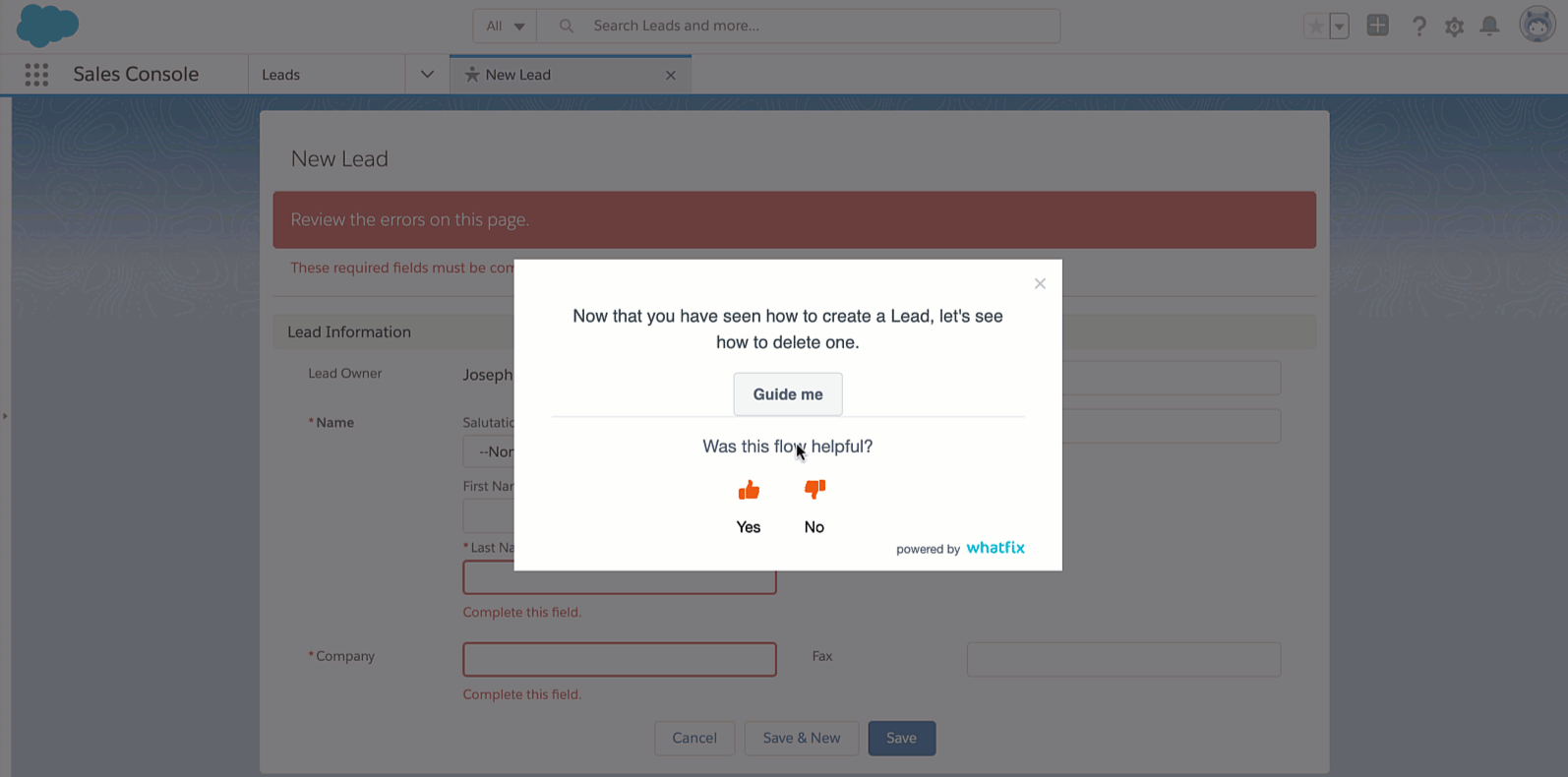
2. Personalize your CRM experience
Your legacy CRM feels more comfortable with your employees because that is what they’re accustomed to. It has certain terminology and custom fields.
While you shouldn’t migrate over all your existing processes, note what works. When you migrate your CRM data, be sure to bring over the things that were working and any CRM terminology that will help mitigate confusion and help drive adoption from day one.
3. Create a CRM onboarding & training plan
With your learning and development (L&D) team, create a plan to lessen the impact of your CRM switch or CRM transformation and shorten the time-to-productivity time for your CRM users with a robust onboarding and training strategy.
Use internal CRM experts, third-party consultants, and your CRM provider’s customer success team to pull together common FAQs and processes for your new CRM and your team’s sales workflows.
Create a variety of employee training types and formats, such as video tutorials, in-person seminars, online courses, and certificates, to provide a comprehensive training and onboarding experience.
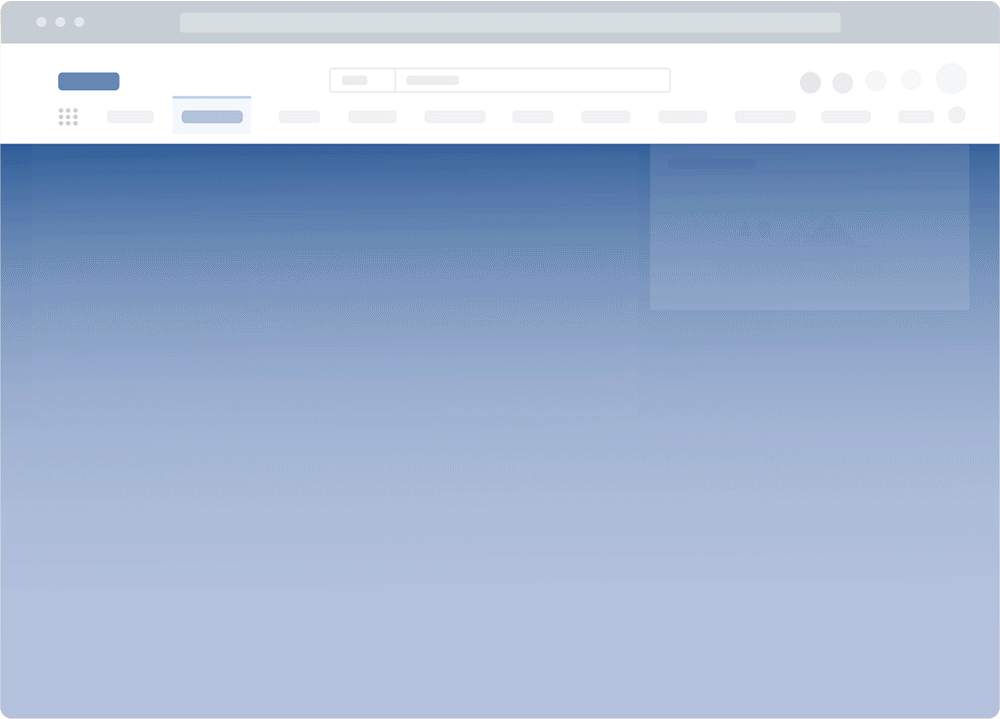
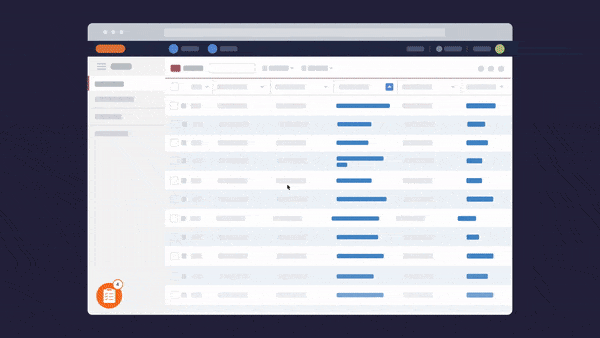
4. Provide your users on-demand performance support
Your CRM system will have many, many advanced features. Realistically, you won’t be able to teach your employees how to be expert CRM users over the course of a few weeks.
The best investment is to create a system of on-demand performance support for your sales team. This type of training allows you to create online self-help content for your team members that provide answers and support in the flow of work.
With a digital adoption platform (DAP), sales leaders can create in-app, guided workforces that take CRM end-users through onboarding and training with step-by-step walkthroughs. This type of in-app learning allows your employees to learn by doing.
A DAP such as Whatfix allows teams to embed a self-help FAQ directly into their CRM, allowing employees access to an internal knowledge base of helpful CRM tips, tutorials, external resource links, and process documentation – without ever having to leave the CRM interface.
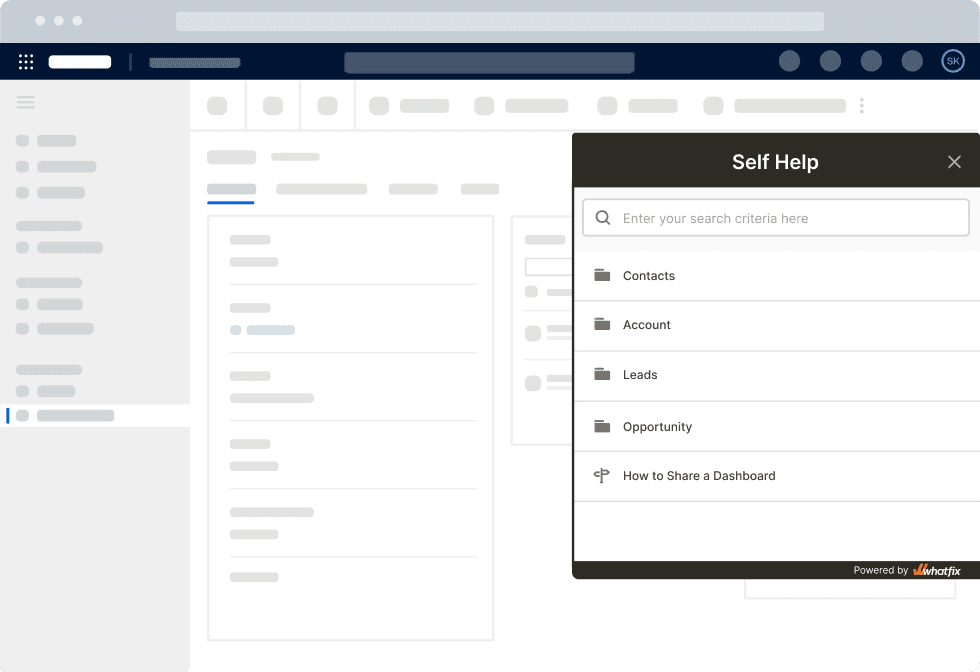
5. Monitor adoption rates of different CRM features and functions for additional training opportunities
Your training and onboarding won’t be perfect. But by analyzing the data and usage of your CRM and its various features, you’ll be able to paint a picture of how it is and isn’t being used.
With Whatfix, as well as many common corporate LMS platforms, your organization can monitor which features are not being properly adopted and hone in on training and support resources to help provide additional help for those more advanced, intricate CRM features.

Don’t just rely on CRM usage data. Go directly to your CRM users and ask what they’re struggling with.
Send out surveys to gauge the levels of employee self-confidence your CRM users have with the tool – and the areas they would like additional support.
6. Highlight early CRM improvements and wins
No matter how user-centric your CRM adoption strategy is, you’ll still have team members who are stubborn and have low adoption rates. Nothing provides better support for using your new CRM than hard data.
Pull the win rates, sales performance KPIs, and additional sales metrics of your team members who have fully adopted your new CRM. Now compare those metrics to the team members who are rejecting your new CRM tool and processes.
Don’t withhold this information. Make it publicly available to your sales reps and other CRM users. When these team members see that those who have properly adopted the new CRM are closing more deals and crushing their goals, their tone will shift.
7. Offer incentives to increase engagement
By offering rewards or recognition to employees who use the CRM system effectively, organizations can encourage greater usage and effectiveness.
Incentives not only create a sense of ownership and accountability among employees, but they also boost morale and motivation, leading to increased engagement with the system. When employees feel recognized and rewarded for their efforts, they are more likely to continue using the CRM system and providing valuable input.
Ultimately, incentivizing employees is a powerful way to improve CRM adoption and drive success for your organization.
8. Provide your sellers with in-app alerts for CRM process, task, or workflow changes
Your organization’s CRM will experience changes over its lifetime. For example, your organization may invest in a new sales tool that integrates into your CRM to give sellers more data, your team may introduce a more streamlined approach to account management, or your CRM vendor may introduce new features.
When changes happen, you need to make sure your sellers are informed of the change and enabled to adopt it.
With a DAP like Whatfix, organizations can provide CRM users with in-app pop-ups that alert and notify users of any in-app changes or sales team announcements. These in-app alerts can also prompt interactive walkthroughs and contextual flows that guide users through new processes or CRM updates.
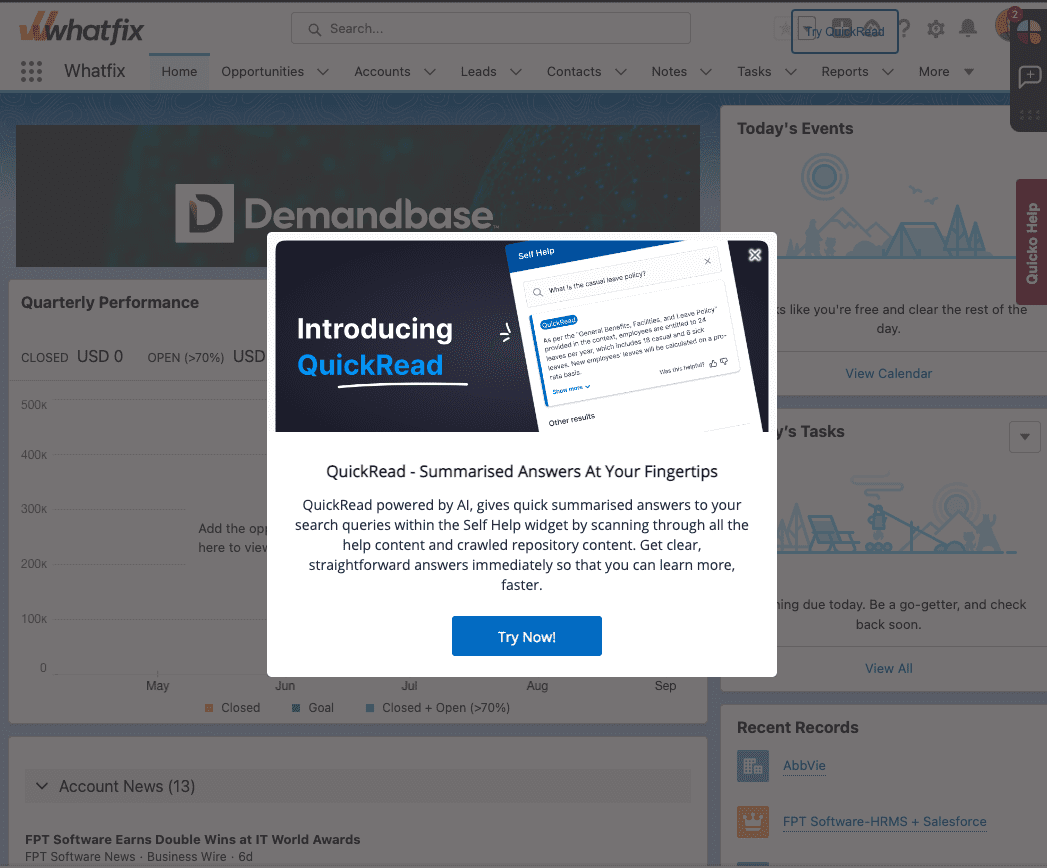
Whatfix’s CRM adoption platform empowers sales organizations by reducing initial friction and expanding individuals to grow their CRM capabilities.
Whatfix provides personalized, guided experiences that are designed to increase CRM proficiency, productivity, and performance. Drive your organization’s CRM adoption with in-app training, guided walkthroughs, onboarding task lists, tooltips, embedded self-help knowledge bases, and much more.
With Whatfix Analytics, analyze your CRM adoption rate across your sellers by benchmarking, measuring, and improving key adoption metrics.
Whatfix directly integrates with Salesforce, Microsoft Dynamics, Netsuite, Oracle Cloud, SAP, and all popular enterprise CRM software.
See the benefits yourself and sign up for a Whatfix demo now!
Request a demo to see how Whatfix empowers organizations to improve end-user adoption and provide on-demand customer support

CRM Software Clicks Better With Whatfix
Searching for a digital adoption platform to drive CRM adoption and achieve sales outcomes? See how Whatfix enables CRM end-users with in-app guidance, analyzes behavior to identify friction, and gathers feedback with surveys.


